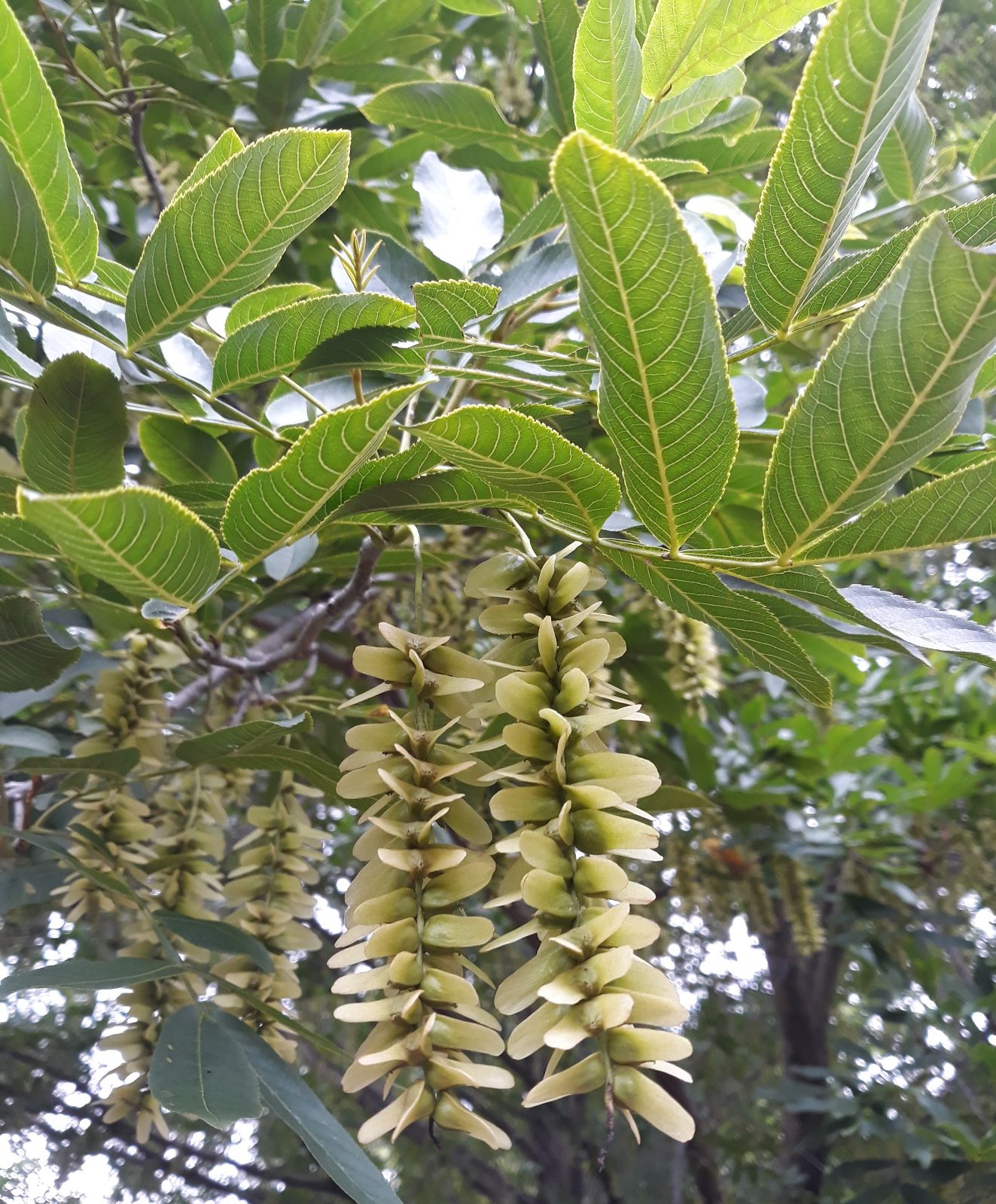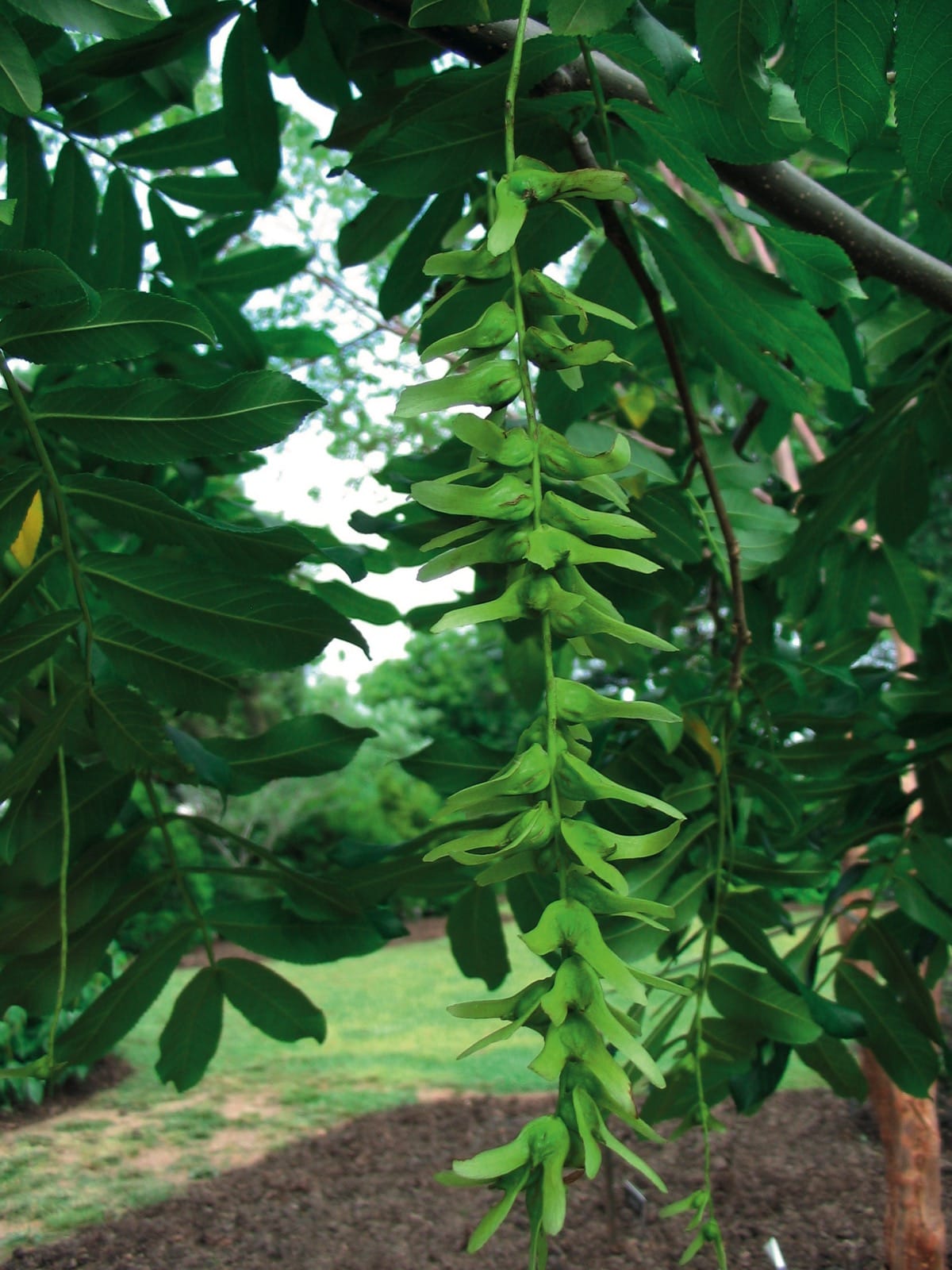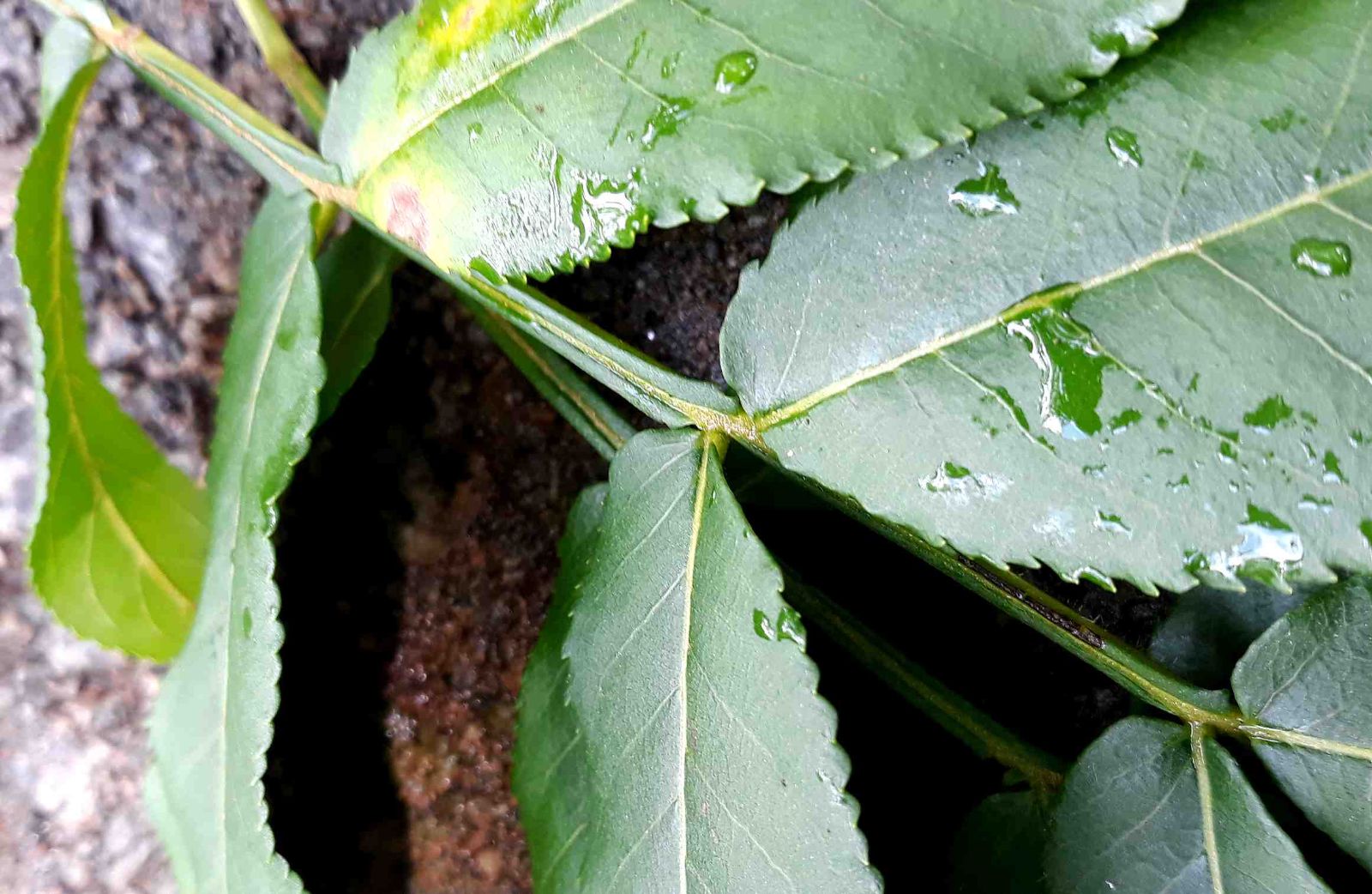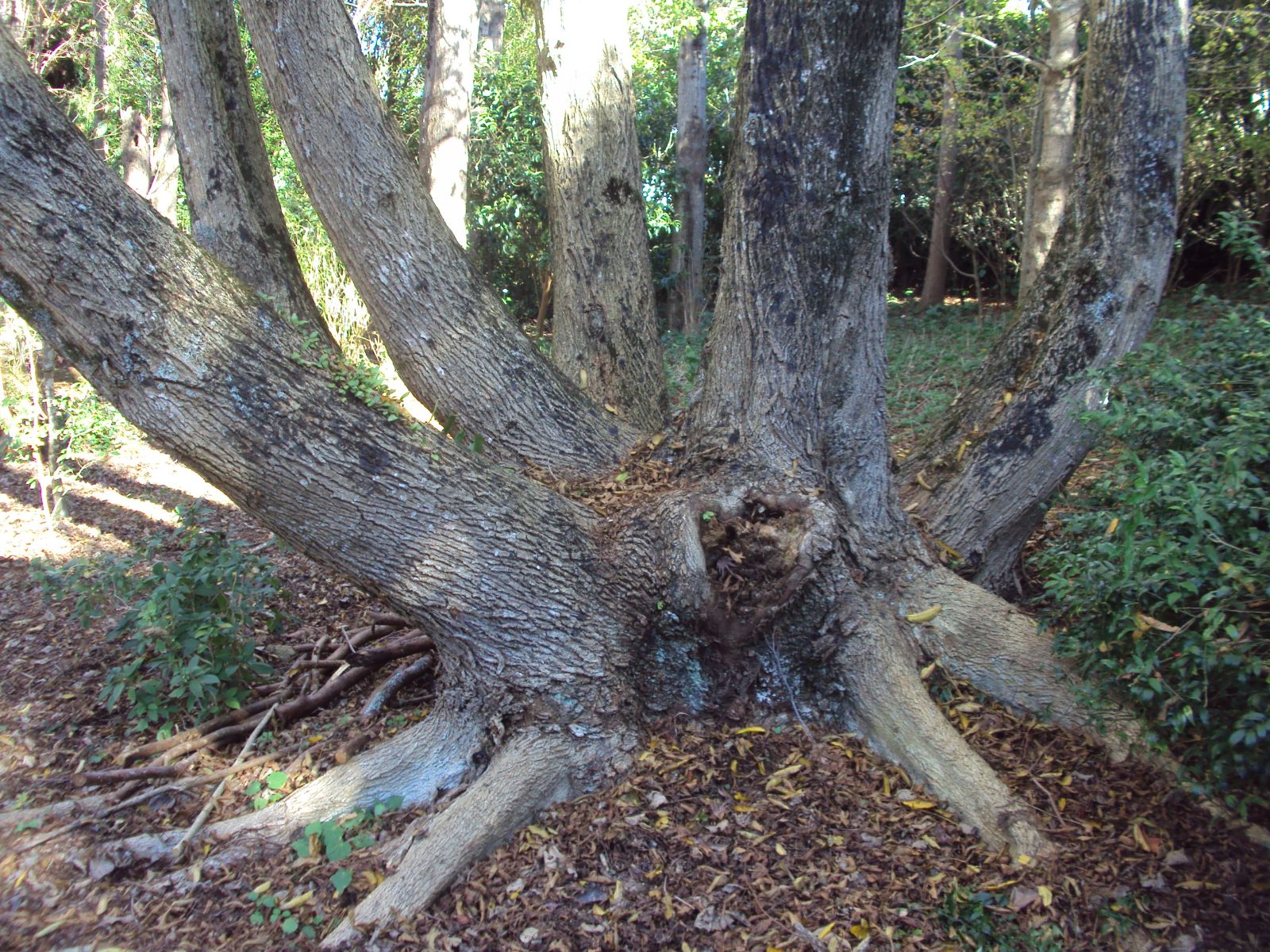Pterocarya tonkinensis
Sponsor
Kindly sponsored by
a member of the International Dendrology Society
Credits
Julian Sutton (2019)
Recommended citation
Sutton, J. (2019), 'Pterocarya tonkinensis' from the website Trees and Shrubs Online (treesandshrubsonline.
Genus
Common Names
- Tonkin Wingnut
- yue nan feng yan
Large tree to 30 m. Bark whitish-grey, becoming fissured. Terminal buds naked. Leaves usually paripinnate, occasionally imparipinnate, to 18 cm or more; rachis wingless, sometimes ridged or sulcate, pubescent or becoming glabrous; leaflets 6–14, sessile, 9–17 × 3–7 cm, ovate or elliptic-ovate, glabrous below except for hairs on midrib and larger veins, base oblique, rounded or broadly cuneate, apex acute to acuminate, margins sharply serrate; petiole 4.5–7 cm. Infructescence 13–30 cm. Nutlets rhomboid, 6–7 mm, glabrous, with narrow to linear wings 1–1.7 × 2–6 mm. (Grimshaw & Bayton 2009).
Distribution China Southern Yunnan, perhaps also western Hubei, Shaanxi, Sichuan provinces Laos Vietnam North and central
Habitat Riparian forest, 200–1200 m asl (usually below 700 m in southern Yunnan).
USDA Hardiness Zone 7-8
RHS Hardiness Rating H4
Conservation status Not evaluated (NE)
Of all the Pterocarya species, P. tonkinensis has the most southerly distribution, growing as far south as 17° N in Laos. A fast growing tree of tropical monsoon forest, it often occurs as near-monocultures along floodplains. Although not assessed by the IUCN, Kozlowski et al. (2018) consider it the most endangered of all wingnuts. Threats include rapid human destruction of riverbank forests, poor regeneration leading to replacement by mixed forest, and use for timber by local communities, although Apel (2001), working in Yunnan, noted that its soft, light wood was used for neither construction nor fuel in that area. The tree is used to make ritual fires by the Dai people of Xishuangbanna, and the leaves can be used to poison fish (Apel 2001).
Close to P. stenoptera and intergrading with it where ranges overlap (Lu et al.1999), typical P. tonkinensis differs primarily in its wingless rachis. There is a case to be made for treating it as a subspecies or local form of P. stenoptera (Kozlowski et al. 2018).
P. tonkinensis is the least well known species in cultivation, and it is important to note that all material we have been able to trace in our area has a winged rachis (Grimshaw & Bayton 2009; J. Grimshaw, pers. comm. 2019). It is possible that these examples, ultimately traceable to seed from the Kunming Botanical Institute, represent intermediate forms, although it would be unwise to rule out hybridity. One at the JC Raulston Arboretum reached 14.5 m in 12 years and has formed a fine wide-spreading tree, from which seedlings have been widely distributed. The leaves turn a good clear-yellow in some autumns.
Grimshaw & Bayton (2009) could trace no typical specimens in the UK. A plant growing on the Chinese Hillside at Edinburgh (also derived from Kunming) has the imparipinnate leaves and winged rachis of P. stenoptera, although the leaflets are smaller than normal in that species. This may represent one of the transitional forms. It is a large multistemmed shrub, 5–6 m high in 2009. A tree at Gresgarth Hall, Lancashire, measured at 8 m × 22 cm in 2015 (The Tree Register 2019) is derived from the JC Raulston tree (J. Grimshaw, pers comm. 2019) as are seedlings offered by Pan-Global Plants (N. Macer, pers. comm. 2019).
While its status clearly requires further work, its wild distribution as well as limited experience in North Carolina suggests that Pterocarya tonkinensis may prove a useful tree for the southeast regions of the US.





